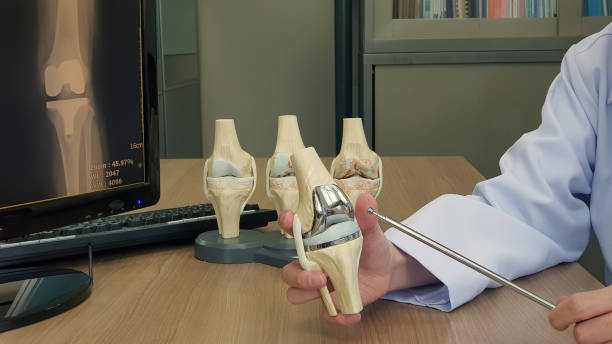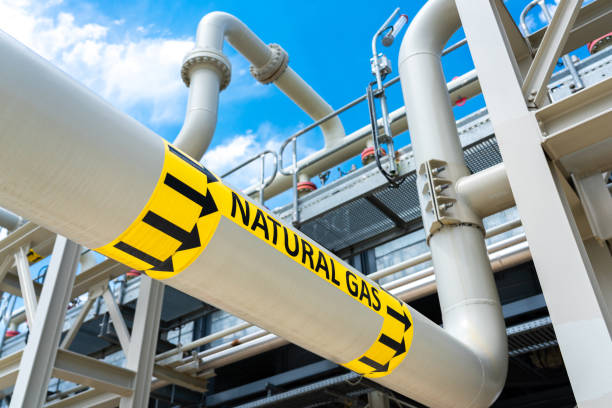
Total knee Replacement is now considered a common surgery that is performed for knee arthritis. Moreover, this procedure is reserved for old patients between the ages of 70 and 80 with severe abnormalities. In current stages, people at a young age are more likely to have arthritis due to obesity and a sedentary lifestyle. Total knee replacement is also performed in younger patients, particularly in females with Rheumatoid Arthritis. This is the reason the need for a more durable, better functioning implant is increasing.
Oxinium implant is a short term of Oxganised Zirconium that is used as an advanced material for joint replacement implants by combining the strength of metal with the smoothness and wear resistance of ceramic. It begins as a zirconium-based metal alloy, which is then transformed through a specialised process of ceramics to create a hard surface by preserving the toughness and durability of the underlying metal.
As oxinium is a hard metal that is proven to last 85 times longer than its previous counterparts. Its scratch resistance feature minimises abrasive scratching. Moreover, Oxinium withstands repeated sliding and rotating in the socket along with a high range of motion that allows it to last much longer and is particularly suitable for younger patients as well as obese patients.
Knee implants typically have a plastic insert along with a femoral component which rubs against each other during movement. Oxinium implants are covered with a ceramic coating which offer more durable resistance to wear and tear than other metals on plastic that allow patients to live an active lifestyle without fear.
Cobalt chrome implants contain nickel which is known for metal allergies in most of the patients, but Oxinium is the most biocompatible material that provides the best option for patients with metal allergies. The oxinium’s high biocompatibility makes it reliable for knee replacement and allow patient to continue their daily life routine without fear of developing any allergy. However, oxinium has smooth ceramics like surface that minimises friction and reduces the irritation in soft tissue around the joint for better post-operative recovery and comfort.
The low fraction surface makes the oxinium implant more effective for a smoother joint movement. Moreover, patients may experience a more natural feeling with oxonium metal and also have a better range of motion and functionality. This is particularly important for active individuals who require flexibility for daily activities, sports or physically demanding occupations.
The use of ceramics in traditional implant procedures may have a higher risk of fracture, particularly in high-stress conditions. As oxinium offers an effective solution for both the harshness and smoothness of ceramics, with the long-term durability of metal. In addition, oxinium helps to reduce the risk of catastrophic implant failure and allows the prosthesis to stand for a longer time with fewer side effects.
Oxinium is transparent to radiations and radioactive images, that mean they do not interfere with imaging. This advantage of oxinium allows professionals to carry out clearer X-rays, CT scans and MRIs in the future, which is important for post-operative monitoring, diagnosis of complications or for planning upcoming procedures.
Oxinium knee replacements represent significant advancements in joint replacement technology, offering superior wear resistance, increased longevity, minimal allergy risks, and improved biocompatibility. On the other hand, this metal may come with an initially higher cost and longer term benefits, particularly for younger, more active or metal sensitive patients that makes implants a valuable investment as per the health condition of patients.

This post has been authored and published by one of our premium contributors, who are experts in their fields. They bring high-quality, well-researched content that adds significant value to our platform.


